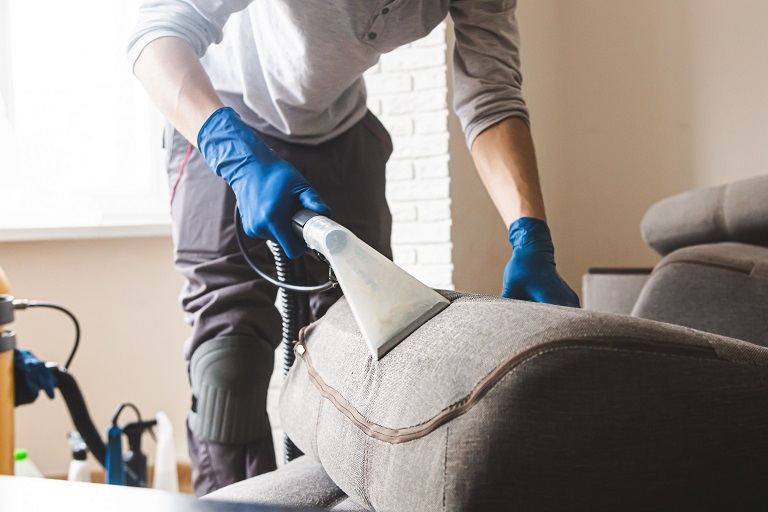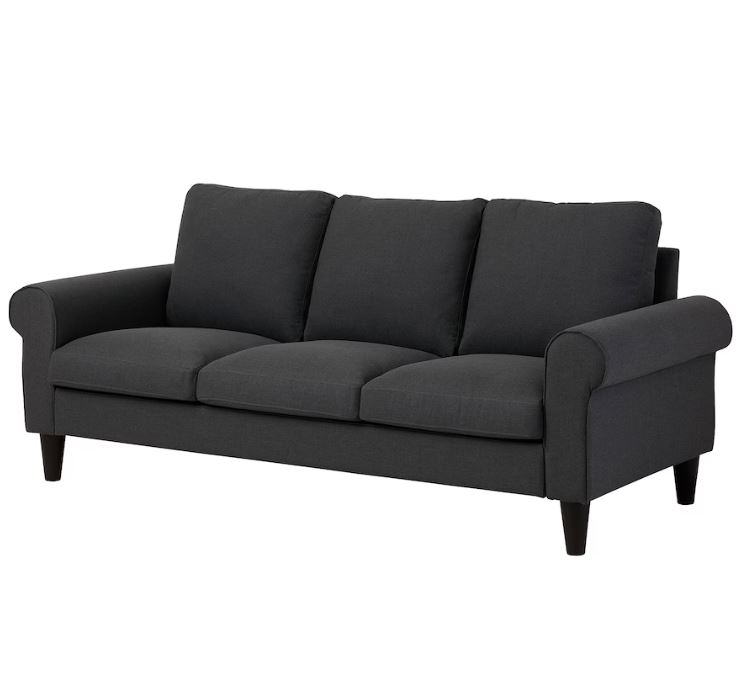In today’s world, sustainability isn’t just a trend—it’s a responsibility. From reducing single-use plastics to choosing renewable energy, small actions collectively make a big impact. One area often overlooked in eco-friendly living is furniture, particularly sofas. Instead of discarding worn-out sofas, restoring them not only saves money but also helps the planet in significant ways. Here’s why eco-friendly sofa repair is becoming a smart and sustainable choice.
Why Sofa Repair Matters
Sofas are an essential part of every home, providing comfort and style. Yet, over time, they can face wear and tear—sagging cushions, broken frames, torn upholstery, or faded fabrics. Many people assume the solution is to buy a new sofa. However, manufacturing and transporting new furniture have a substantial environmental footprint:
High carbon emissions from production and shipping.
Excessive water use in textile and foam production.
Landfill waste when old furniture is discarded.
By repairing your sofa, you actively reduce waste and resource consumption, making a tangible difference to the environment.
Benefits of Eco-Friendly Sofa Repair
Reduces Waste
Every discarded sofa contributes to landfill waste. Large furniture items take decades to decompose, releasing methane and other harmful gases during the process. Repairing your sofa keeps it out of landfills and gives it a second life, minimizing environmental impact.
Conserves Resources
Manufacturing a new sofa consumes raw materials like wood, metal, foam, and textiles. By repairing instead of replacing, you save these resources. Reupholstering or fixing structural issues uses only what’s necessary, reducing the demand for new materials and energy.
Saves Money
Eco-friendly living often comes with financial perks. Sofa repair is usually more cost-effective than buying a new one, especially if the frame is solid. Replacing cushions, springs, or fabric costs less than purchasing an entirely new set. You save money while supporting sustainability—a win-win.
Preserves Sentimental Value
Many sofas hold sentimental value—they may have been family heirlooms or centerpieces of memorable living spaces. Repairing and restoring them allows you to retain comfort and nostalgia while being environmentally responsible.
Common Eco-Friendly Sofa Repair Techniques
Sustainable sofa repair doesn’t mean compromising on style or comfort. Professionals and DIY enthusiasts alike use several methods to restore sofas efficiently:
Reupholstery: Replace worn-out fabric with eco-friendly or recycled textiles. Modern sustainable fabrics are durable, stylish, and low-impact.
Cushion Replacement: Swap old foam with memory foam made from recycled materials. It’s comfortable and reduces waste.
Frame Reinforcement: Repairing wooden or metal frames extends the sofa’s life, preventing unnecessary disposal.
Spring and Support Fixes: Tightening or replacing springs ensures structural stability and comfort.
These techniques can often extend a sofa’s life by 10–15 years, dramatically reducing the need for new furniture.
Choosing the Right Repair Service
Selecting a professional sofa repair service ensures repairs are done correctly and sustainably. Look for:
Eco-conscious practices: Using recycled or sustainable fabrics, water-based adhesives, and energy-efficient tools.
Experience in restoration: Professionals who understand sofa structures and materials can make your sofa last longer.
Customer-focused approach: Quality repair services often offer warranties, giving you peace of mind while reducing future waste.
By choosing the right service, you not only restore your sofa but also contribute to environmentally responsible furniture practices.
DIY Eco-Friendly Sofa Repair Tips
For minor repairs, you can take a hands-on approach while remaining eco-conscious:
Patch small tears using fabric scraps from old clothing or other unused upholstery.
Tighten loose screws or bolts to prevent further damage.
Clean and condition leather or fabric with natural products like vinegar or olive oil-based cleaners.
These simple steps reduce the need for replacements and keep your sofa functional and stylish.
The Bigger Environmental Impact
When more people choose sofa repair over replacement, the collective effect is powerful. Fewer sofas in landfills, reduced demand for raw materials, and lower energy consumption all contribute to a healthier planet. This is especially crucial in urban areas where furniture waste is a growing problem. Eco-friendly sofa repair promotes a circular economy, encouraging reuse, repair, and responsible disposal.
Conclusion
Sustainability starts with small, mindful decisions. Repairing and restoring your old sofa is a practical, cost-effective, and environmentally responsible choice. From reducing landfill waste to conserving resources and preserving memories, the benefits are clear. Whether you opt for professional restoration or simple DIY fixes, choosing eco-friendly sofa repair Dubai is a step toward a greener home and a healthier planet.
Next time your sofa shows signs of wear, think twice before discarding it. With the right approach, your sofa can continue serving you and the environment for years to come.




